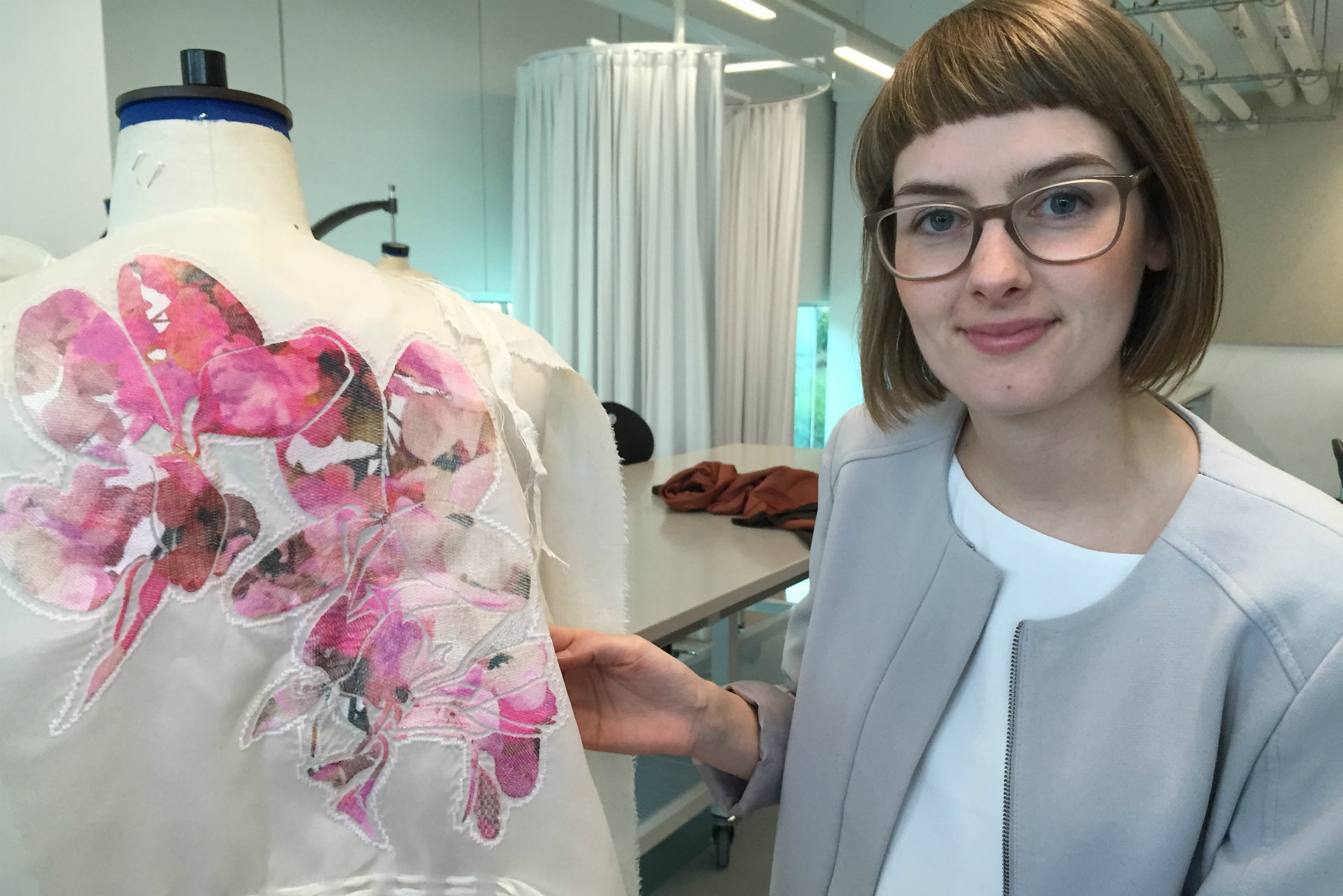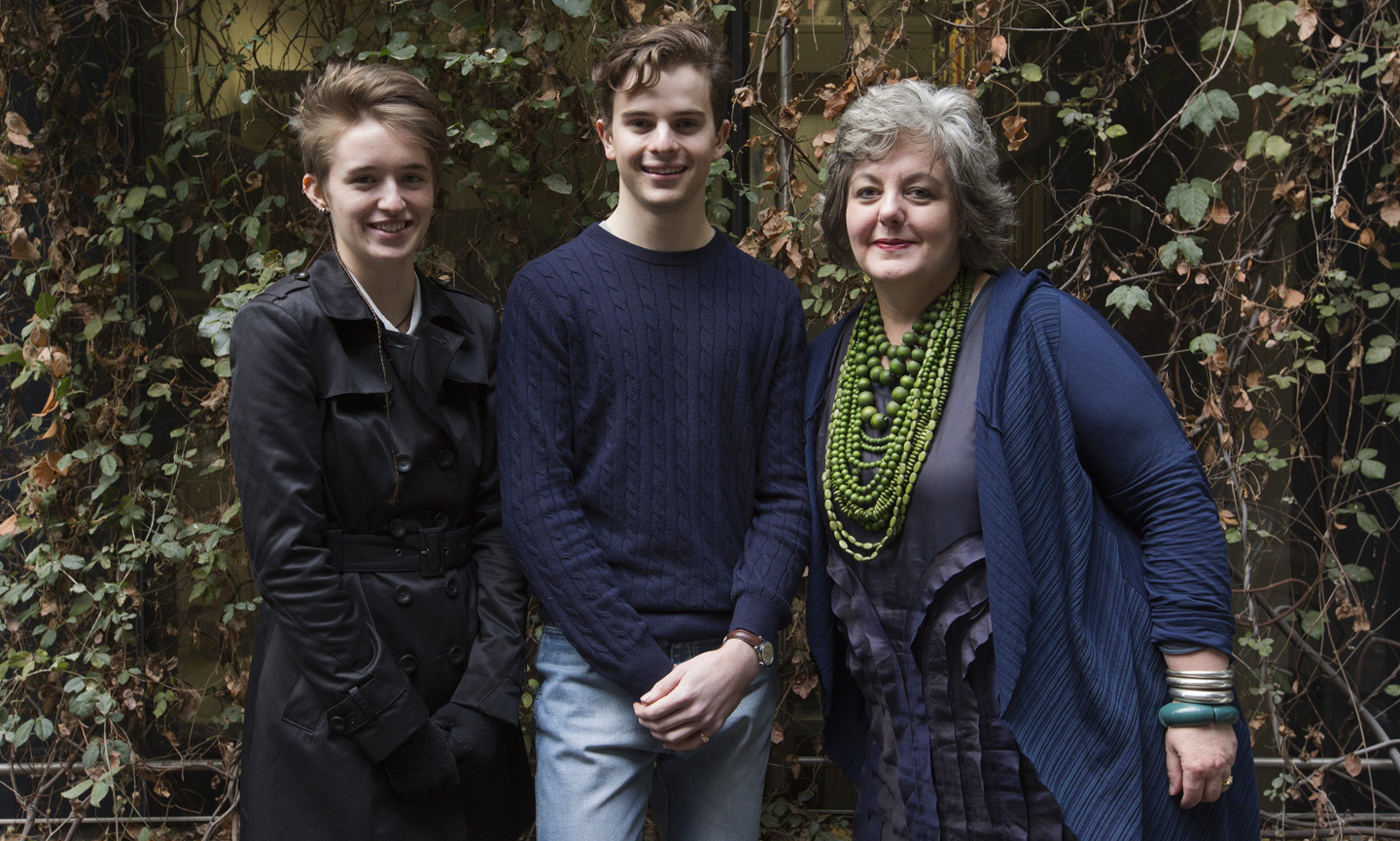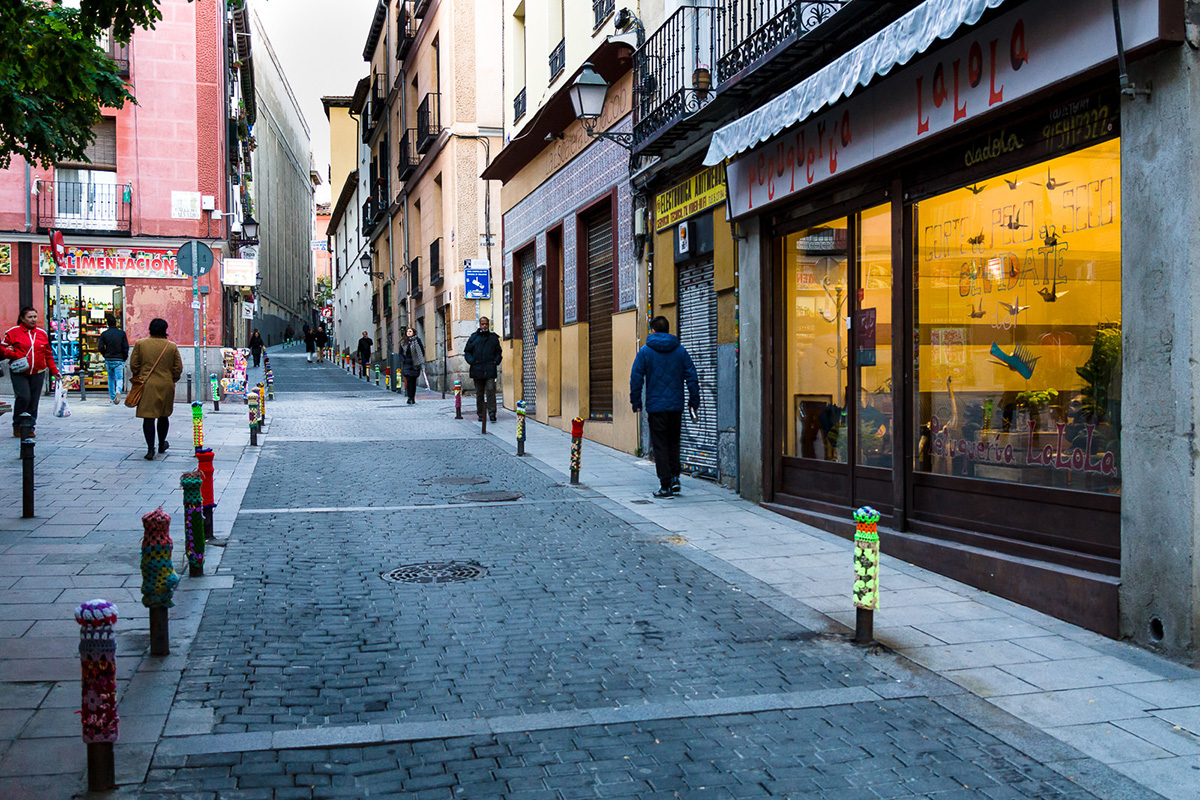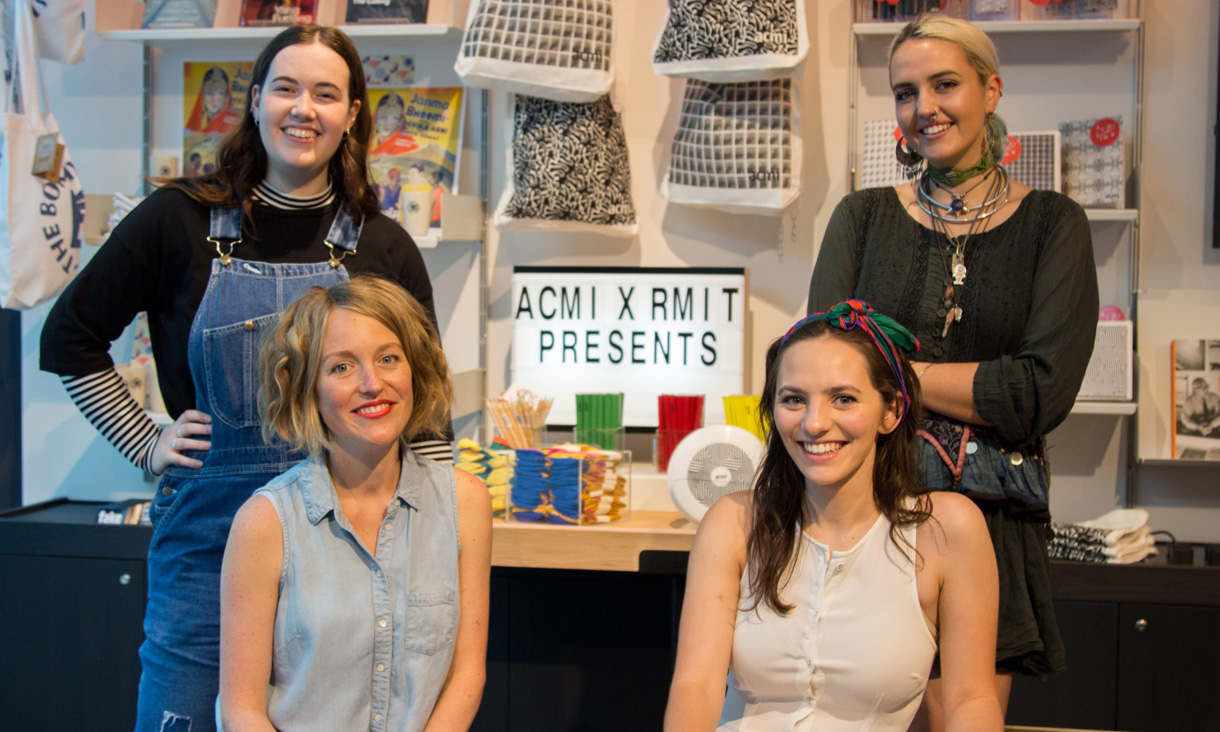Australians are the second largest consumers of new textiles worldwide and, at the same time, fashion is one of Australia’s fastest growing waste problems.
Vast amounts of clothes bought by Australians are either incinerated or end up in landfill within a year of being made, while the fast fashion industry is among the sectors responsible for disastrous working conditions and boasts a model of economic success earning its profits at the expense of ecological and social systems.
“We have to really look at what is happening and change our own behaviours as consumers. We have to stop buying cheap clothes because someone, somewhere, pays for it,” Hilmer said.
In response to the provocation of the fast fashion exhibition, the Slow Fashion Studio offers a positive outlook based on change.
Curated by Dr Jenny Underwood, senior lecturer from RMIT’s School of Fashion and Textiles in Brunswick, the Studio brings together nine higher degree by research practitioners and early career researchers to showcase new approaches to fashion.
Visitors will be able to see works such as Lucie Ketelsen’s antifragile project, which explores locally based surface design interventions for pre and post-consumer textile waste.
Ketelsen is a designer and sustainability researcher based in Ho Chi Minh City, Vietnam, currently undertaking a Master of Design through practice-based research at RMIT Melbourne.
Tania Splawa-Neyman’s project The Mending Mart features a collection of exhausted garments stitched, patched and darned to breathe new life into the dead and dying materials.
The designer will invite the public to bring their own clothing in need of repair – to either barter for mending, or expend their own time to learn some mending techniques for themselves.
Underwood said that the exhibition “is of its time’, reflected by the overwhelming response to free public events. “Even the fashion industry is now asking how it can change its mindset in regard to waste, and look for a different business model.
“The young students we teach are in the fast fashion demographic and it is vital that we provide them with new ways of looking at fashion,” she said.
“In the Slow Fashion Studio, our students explore how a sustainable and ethical fashion system might emerge that is globally networked, but also based on authentic localised relationships of materiality and fabrication.”
Underwood said students were really positive about being part of that change once they understood the consequences of fast fashion. “They are incredibly creative and want to know how to make a positive impact.”
Berlin designer and sustainability expert Ina Budde, who came to RMIT courtesy of the Goethe-Institut to work with students and speak at exhibition events, said it was crucial to educate both future designers as well as consumers about changing the way we market, buy and sell clothes.
“Imagine a future without fashion waste,” Budde said. “Waste is design gone wrong and fashion that isn’t designed for circularity and fashion is not made to last.
“What is exciting about the Fast Fashion exhibition is looking at all the alternative systems displayed in the exhibition’s Slow Fashion Studio, and seeing how young designers are bringing these ideas about change together.”
Budde said it was important to educate consumers to a stark reality – that cheap materials go hand in hand with cheap labor and appalling working conditions. “Someone, somewhere, is paying for your bargain clothes. Have you thought about the real cost of what you are buying?”
At the pre-exhibition opening lecture at RMIT Brunswick, 200 students and those in the fashion industry heard Budde talk about creating products and systems for a sustainable circular economy in textiles. Budde said that while there were other options to buying cheap clothes, such as renting clothes, 80 per cent of the impact of products was in the design process.
“There are a lot of new business models in Germany that focus on fashion and sustainability, but the fact is we can all play a role – students, teachers, designers and consumers, we are all the change agents of tomorrow,” Budde said.
Fast Fashion: The dark side of fashion (running at RMIT Gallery until 9 September) is presented in collaboration with the Goethe-Institut and RMIT School of Fashion and Textiles.
Fast Fashion is curated by Dr Claudia Banz at the Museum für Kunst und Gewerbe in Hamburg and supported by Deutsche Bundesstiftung Umwelt and Karin Stilke Stiftung.
Story: Evelyn Tsitas





